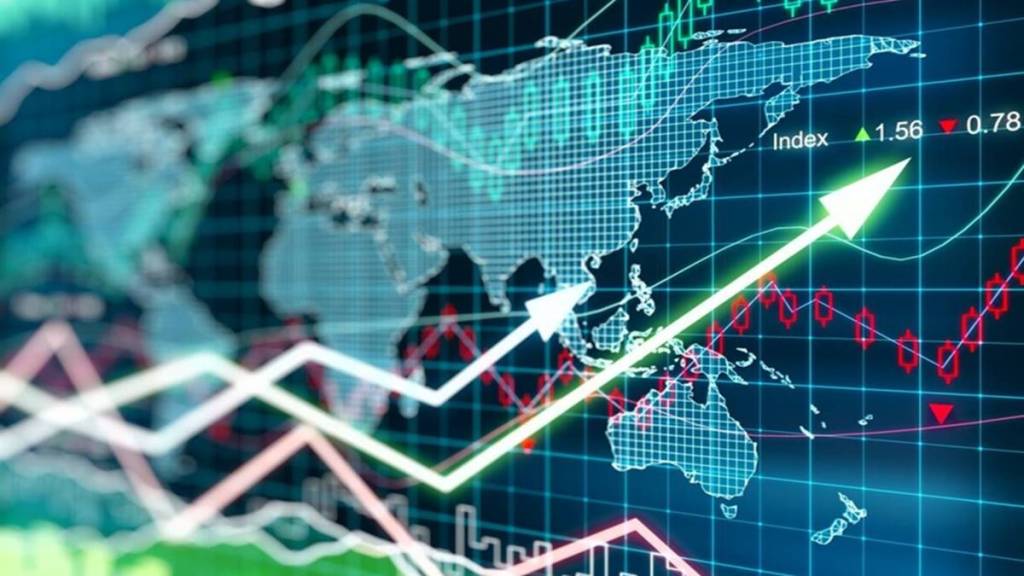The second half of 2023 is proving to be more volatile than the first six months. While the US banking crisis and the bull run in tech markets dominated the first half of the year, geopolitical concerns arising from the Israel-Palestine conflict may have a greater impact by the end of 2023. Meanwhile, US inflation remains uncontrollable, and rising bond yields may keep the US recession in the news till the end of 2024.
Stefan Hofer, MD and Chief Investment Strategist of LGT Bank Asia, shares his thoughts on global market outlook, US stocks, bond yields, US Fed rate hikes and recession in an exclusive interview with Sunil Dhawan of Financial Express Online.
Globally, which asset class has delivered the best return so far in 2023? Do you see the trend to continue in 2024?
Of the mainstream asset classes, the clear winners so far in 2023 have been technology and innovation-related equities. For example, the NASDAQ in the United States is up over 29% – in relation to this, the Taiwanese stock market, which is driven by technology names, is up over 21%.
On an unrelated note, MSCI Italy has likewise gained over 21% this year. Looking into 2024, we have an Overweight stance on technology-related markets and sectors, under the assumption that interest rates in the US are near their peak. This is important in that should rates rise markedly further, then technology stocks would likely come under pressure.
What could be those 1-2 key factors, according to you, that could influence equities over the next month?
Over the very near term, the outlook on oil prices could change given the distressing and tragic events unfolding right now in Israel. That in turn might cause inflation expectations to adjust higher, especially if the current conflict becomes a prolonged one. Aside from geopolitical risks, the main driver for equities would be the degree to which incoming US economic data can fuel optimism that rate hikes are near their end.
US inflation remains untamed and the job sector looks robust. Where do you see the US Fed taking a pause and when can a rate cut be expected?
We argue that there is room for one more rate hike in 2023 and then interest rates can start to fall in the middle of 2024. In our view, there is a clear trend of disinflation when it comes to core CPI, and this being the preferred metric of central banks, would open the door to ending the rate cycle soon.
Is a recession in the US looking plausible?
A recession in the US is plausible, but not the most likely outcome in our view. “Plausible” in that we cannot rule it out, but given the strong US labour market backdrop and rising real wages, a recession in 2024 is not our baseline view.
Where are the HNI and UHNIs investing across assets?
There remains a strong interest in private market solutions and alternative investments. These would include diversified private equity and debt programmes, as well as more exotic vehicles such as Insurance Linked Securities.
What does rising yields mean to markets and how could markets react when yields start to decline?
The current rise in yields may be an expression of the market to say that “the Federal Reserve has not done enough to restrict growth” amid still above-target inflation. It could also be an expression of the extremely high debt issuance being undertaken by the US Treasury given the large fiscal deficits that are now prevalent in the US. Or most probably, a combination of the two. We assume that US yields will start to decline in a material way over the course of 2024, as the inflation outlook starts to converge with the Federal Reserve’s 2% target level.


